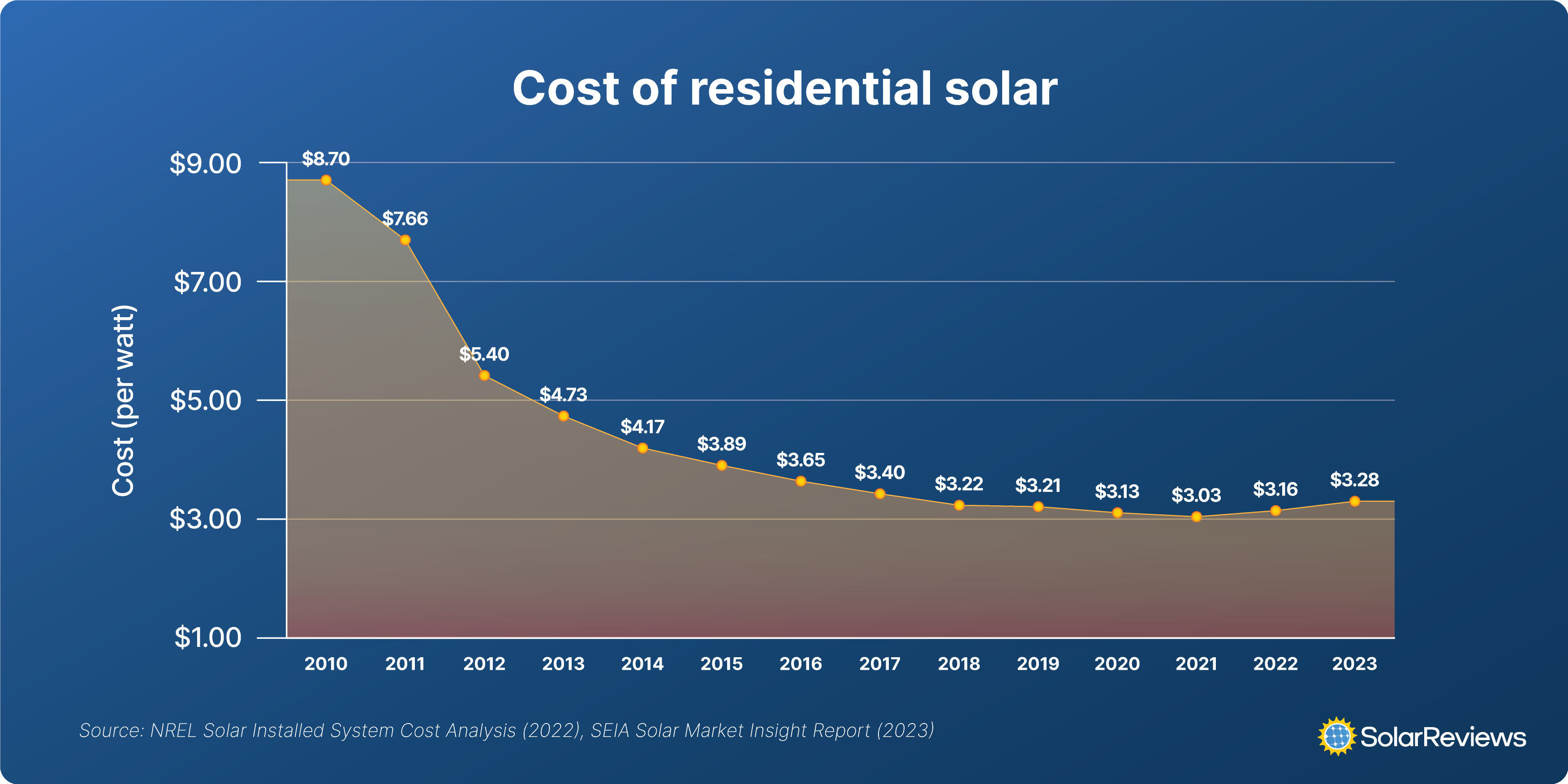
Source: SolarReviews
Solar Cell Efficiency: From Laboratory to Commercial Production
Efficiency is a critical factor in the development and production of solar cells. Under laboratory conditions, cutting-edge technology enables the creation of single crystal silicon solar cells that can reach close to 25% efficiency. However, when it comes to mass production for commercial purposes, the efficiency of these cells typically hovers around 20%. The primary reason for this disparity lies in the difference between research techniques employed in the lab and those suitable for large-scale commercial production within the photovoltaic industry.
Recent advancements have been made to bridge the efficiency gap between laboratory prototypes and commercially available solar cells. Companies have been actively working on reducing the costs associated with implementing higher-efficiency designs, thereby bringing them closer to commercial viability.
Continuous Improvement in Solar Cell Efficiency
The field of solar cell research is dynamic, with ongoing efforts to enhance the efficiency of solar cells. The current industry target is to achieve efficiency levels of 29-30%, which represents a significant advancement from the existing standards. While efficiency results for laboratory-produced solar cells tend to lead the way, commercial production efficiency levels typically follow with a slight delay.
Commercially available module efficiencies have now surpassed the 20% mark, showcasing the progress made in transitioning high-efficiency designs from the lab to the market. Higher efficiency modules not only offer better performance but also prove to be more cost-effective in the long run. This cost-effectiveness stems from the reduced need for additional resources such as land area and wiring, making higher efficiency PV modules an attractive option for both residential and industrial applications.
Impact of Efficiency on Solar Power Cost
The efficiency of a PV module directly influences the overall cost of electricity generation. As module efficiency increases, the cost-effectiveness of solar power improves, making photovoltaic technology a more appealing choice for meeting electricity needs. By maximizing efficiency and minimizing operational costs, solar power can become a competitive and sustainable energy solution for a wide range of users.

Source: Renogy
